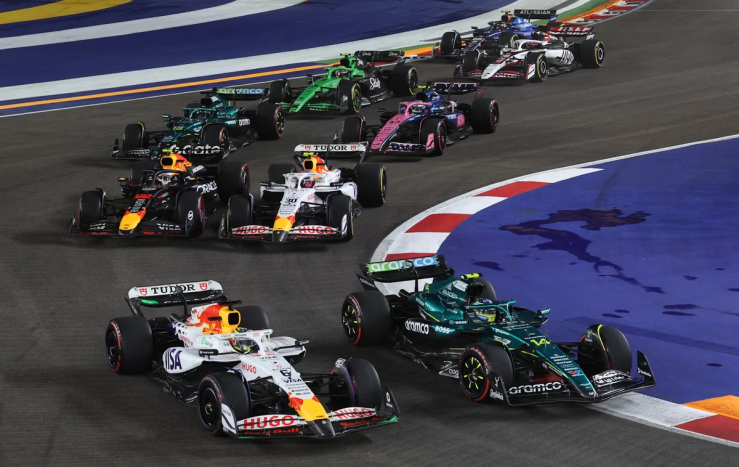The News
A key theme at Semafor’s World Economy Summit this week in Washington, DC, was how quickly AI has brought dreams to fruition.
Sassine Ghazi, CEO of Synopsys, which provides software to chip designers, said the company’s technology supporting Formula 1 wasn’t possible just a few years ago. Rather than running the cars on the track with different tires, transmissions, and weather conditions to find the recipe for optimal performance, teams are creating digital twins of entire systems and modeling them with simulations. “From a cost point of view, it’s much cheaper,” he said. “From an ability to optimize at the system level — it’s possible. None of this was possible without accelerated compute.”
However, that level of innovation also comes with concerns we’re heading into an AI bubble — a debate frequently brought up during Semafor’s two-day event. “I don’t know that I would call it a bubble,” said Goldman Sachs President John Waldron. “I think the data center investment that we’re all watching right now is two, three, four years out, in terms of getting it finished and trying to determine how it all gets used.”
What he’s watching instead is the cultural change of legacy companies adopting AI. “The technology will move much faster than firms like ours can adopt it, because we have to go rewire the way we’ve been doing things for decades,” he said.
The View From

This year was expected to be the year of AI agents. It wasn’t quite. Many organizations experimented with early versions, but few managed to scale them across core business operations. The lesson: agentic AI delivers value when built on strong data foundations, clear governance, scalable infrastructure, and effective human oversight. Those foundations are now maturing, setting the stage for 2026 to be the year AI agents begin creating real enterprise impact.
Already, agentic AI is reshaping how work gets done: linking procurement, forecasting, and supply chain decisions in real time. BCG research shows agents now account for 17% of total AI value and could approach 30% by 2028. Yet, adoption remains uneven, with more than half of North American firms piloting agents, compared with 41% in Europe.
Organizations realizing the greatest returns treat agents as digital coworkers by embedding them across full workflows, investing in security, and upskilling people to use them confidently. For others, the lesson from 2025 is clear: scaling AI isn’t just about better technology, it’s about better enablement. The potential is vast, but the payoff will come to those who align efficiency with empowerment in 2026.


